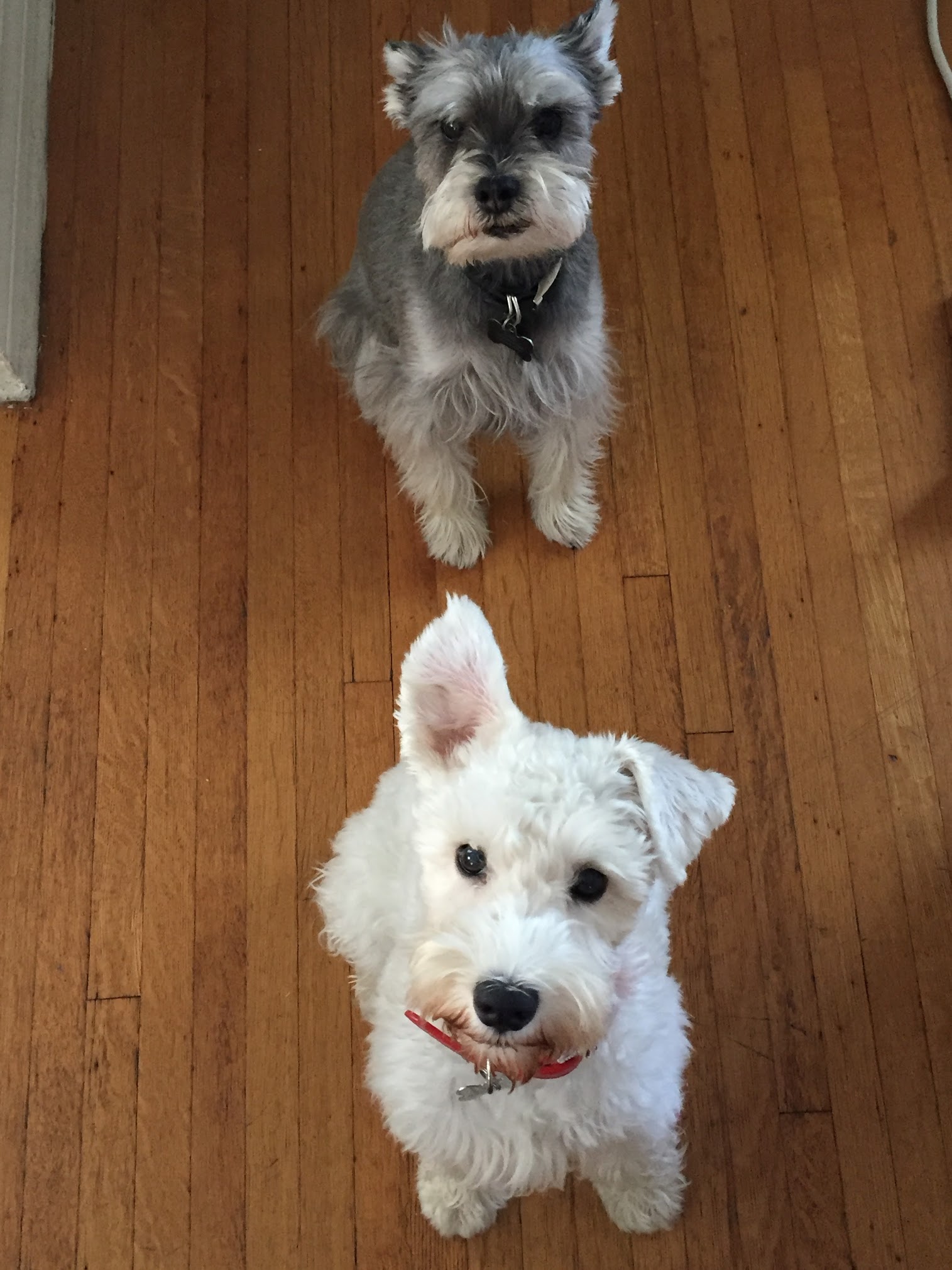
Dogs on Paper
Nope, we’re not talking today about dogs eliminating on paper.
Sometimes clients call with situations that on paper don’t seem like the best scenarios. Adopting a territorial, resource-guarding dog from a shelter to live with a fifteen-year-old dog who doesn’t like other dogs: sounds like a bad idea on paper until you meet the two dogs. The guarder isn’t guarding now that she’s out of her original home. The grouchy senior seems to find the new dog irrelevant. This might just work!
Choosing a terrier puppy to live with a senior basset hound: on paper the older dog wouldn’t want to be bothered with the annoying kid jumping on his back. But the puppy has breathed new fun into the older dog’s world–and they do well together as long as the pup remembers that jumping on backs is a no-no and the dogs have scheduled breaks from each other during the day.
A labradoodle puppy turned out to be eighty pounds as an adult (the breed does come in lots of sizes!)–and she lives with a petite woman of a certain age. The dog is bouncy and joyous and on paper way too much for her person to walk. But some really solid leash training and lots of fetch and games to tire out her brain make the girl a better candidate for walking. We are still using a dog walker and day care to tire her out, though; we need to keep the human from falling.
Although the internet is full of information (and misinformation) on dogs, we need to look past what is on paper–or on the screen–and see the individuals before us. How much experience does the handler have? What kind of experience? What is the individual dog really like? Many don’t act like their breeds are “supposed to,” after all.
Trainers need to listen and observe carefully. And we all need to be patient and give situations tweaks and lots of time. That new rescue dog could easily take eight months to show you who he really is. Truly.